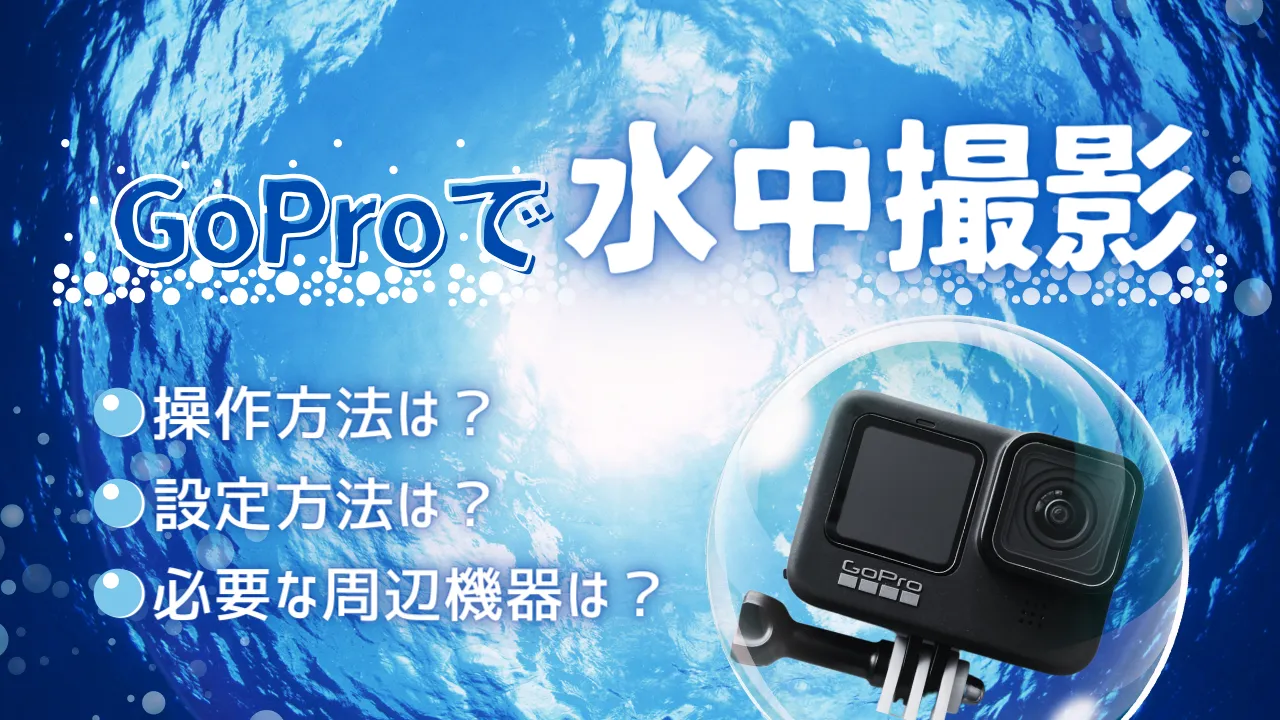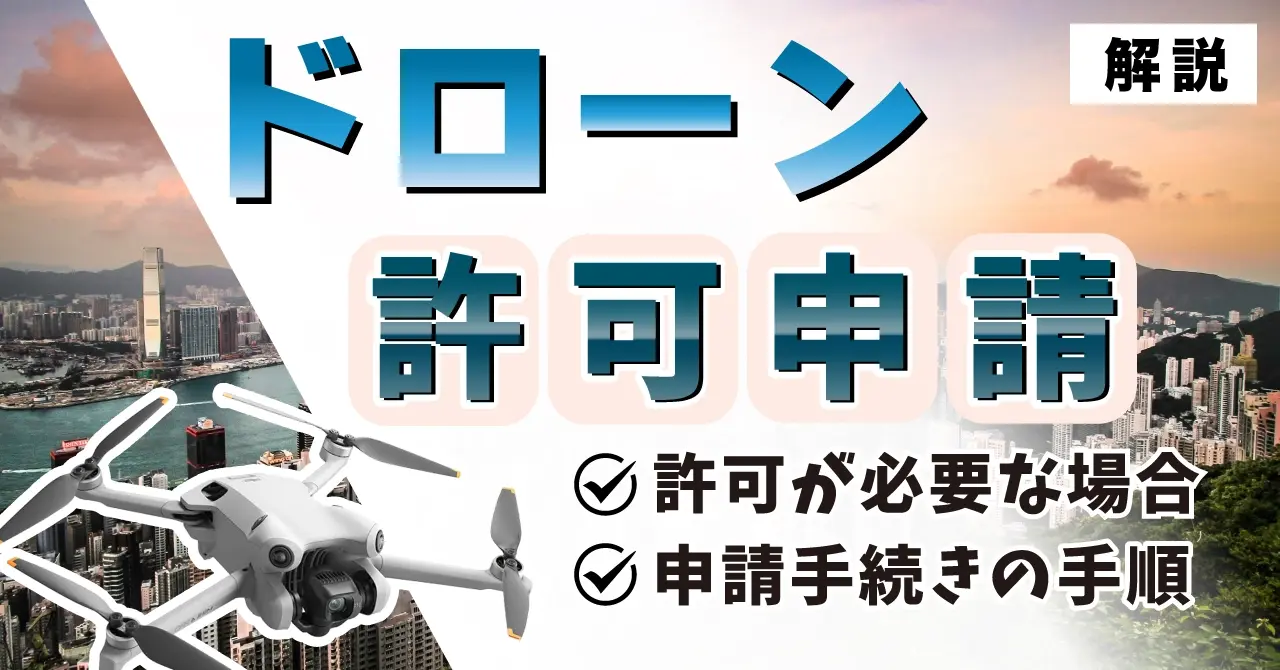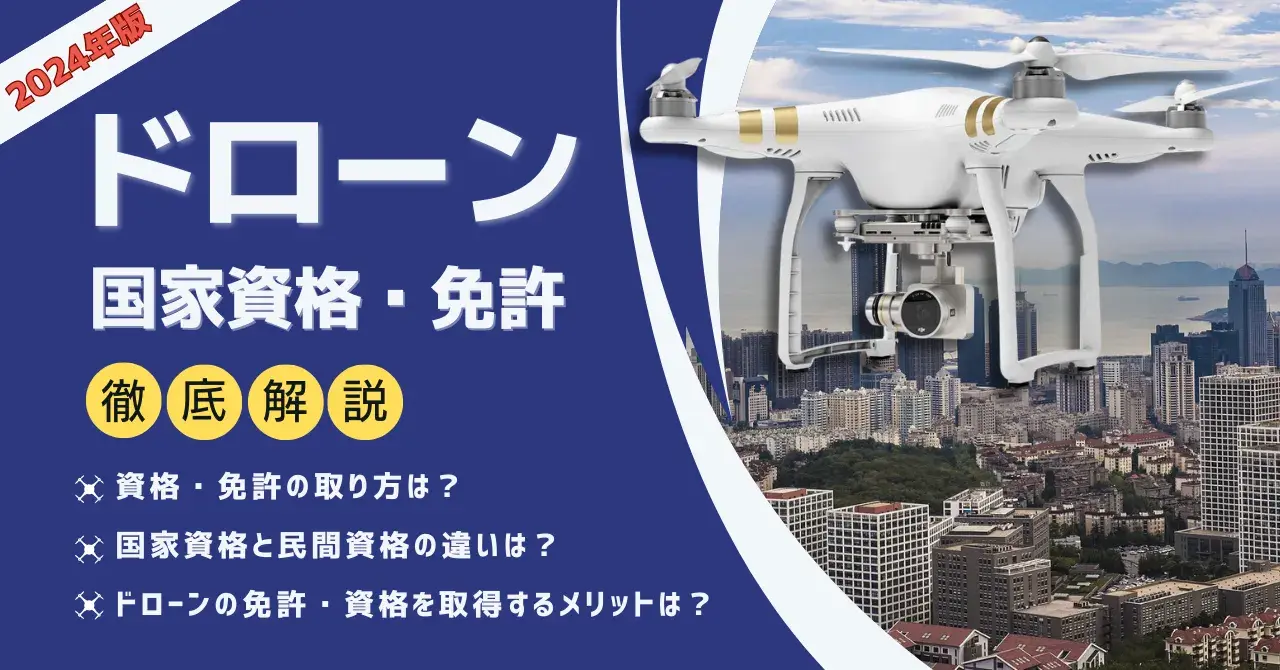The Definitive Guide to Video Recording Techniques with SLR Cameras! Also, how to choose a camera!
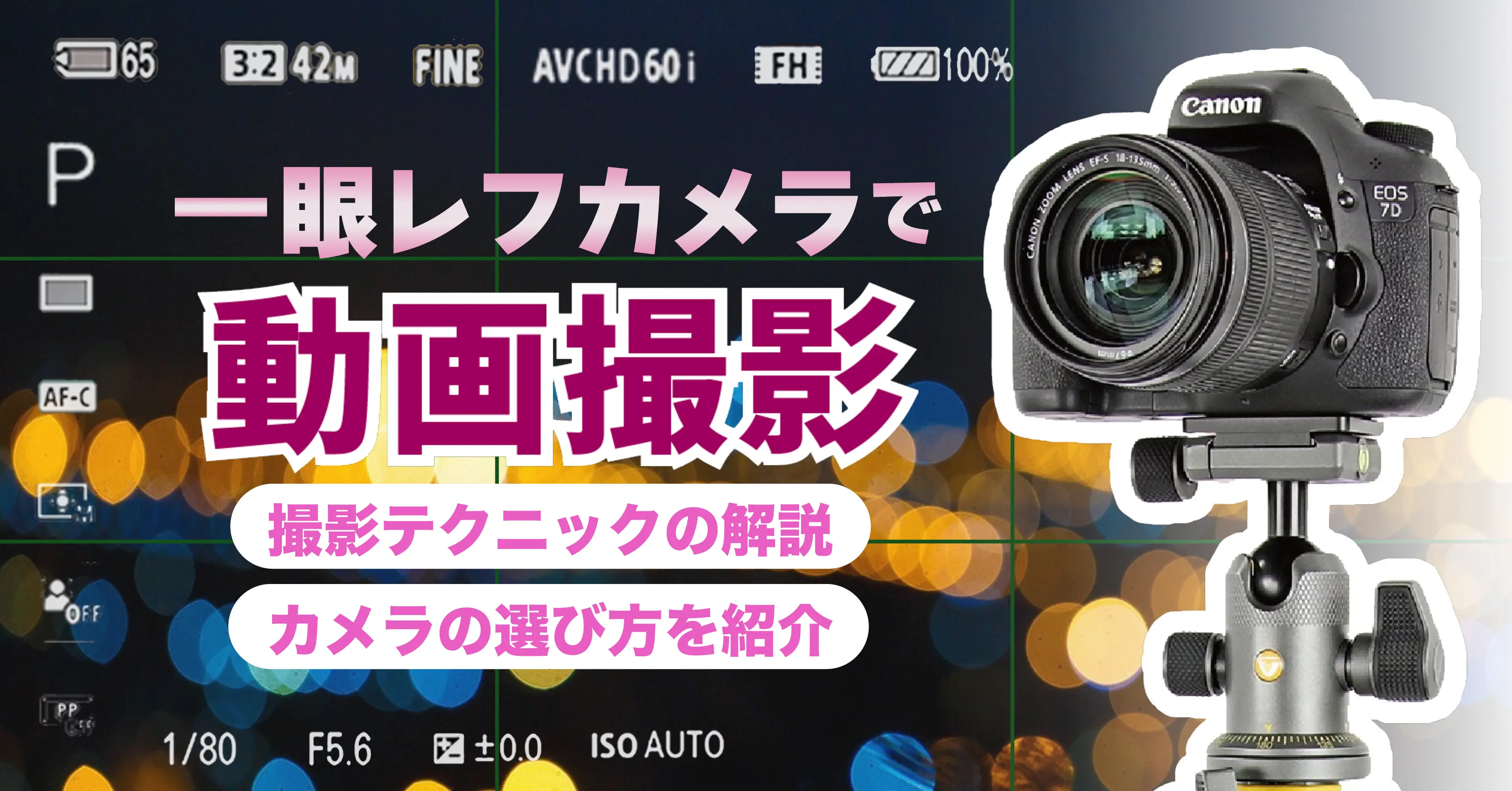
You may see people with SLR cameras not only in tourist spots but also in the city. In addition to taking pictures, SLR cameras are also good at shooting video.
The number of SLR camera users is increasing, ranging from professionals in the field to hobbyists. This is due in large part to the spread of social networking services such as Youtube and Instagram, which allow anyone to post their own videos.
This article will explain in detail the advantages of using an SLR camera for video shooting and how to choose the right camera.
- Is an SLR camera good for video recording?
- Advantages of Shooting Video with an SLR Camera
- Disadvantages of shooting video with an SLR camera
- How to choose the right SLR for video recording
- Features suitable for video recording
- Video Shooting Techniques with SLR Cameras
- Achieve ideal images by shooting video with an SLR camera!
Is an SLR camera good for video recording?
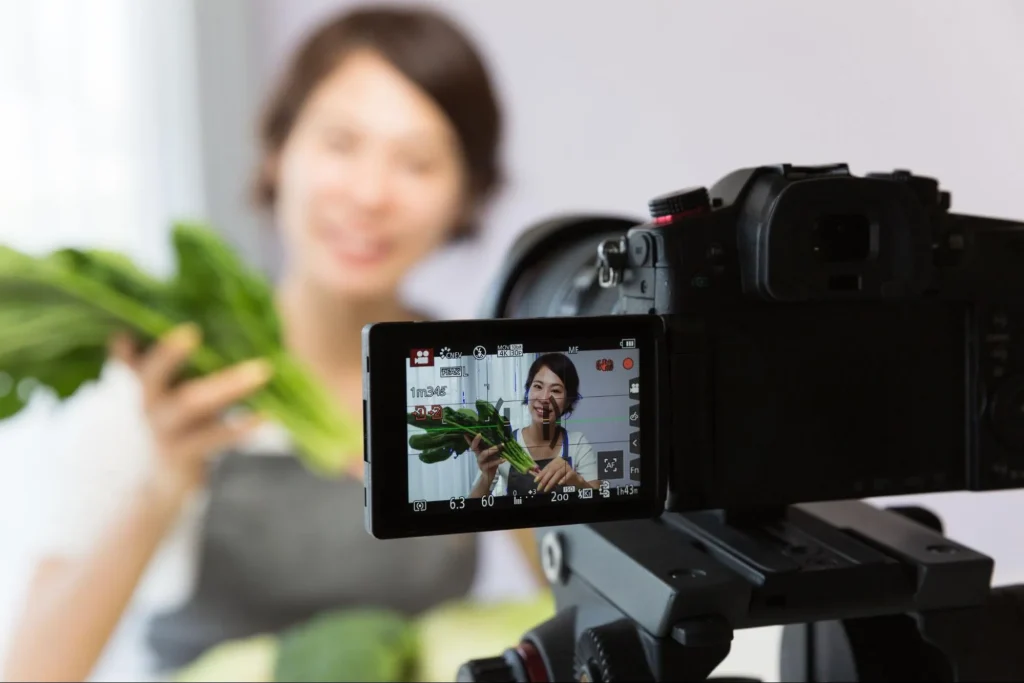
In recent years, smartphone cameras have improved in quality, making it easier than ever before to shoot beautiful videos.
However, SLR cameras are often superior in many ways, such as when switching to the most appropriate lens for a given subject or when creating cinematic videos.
Videos shot with an SLR camera can expand the range of expression to the same level of quality as videos shot by professionals.
Recommended for!
The following people are recommended to use an SLR camera for video recording.
- People who want to challenge themselves in full-scale video production
- People who want to expand their range of expression by making detailed settings on their own.
- People who want to make video production their career.
Some people may have the impression that SLR cameras are for professionals.
We can recommend this camera to all people who want to shoot high-quality videos, regardless of whether they are professionals or amateurs.
Advantages of Shooting Video with an SLR Camera
Shooting video is possible with a variety of cameras, but what are the advantages of shooting with an SLR camera? Here we will explain the advantages in detail.
High image quality thanks to the large image sensor
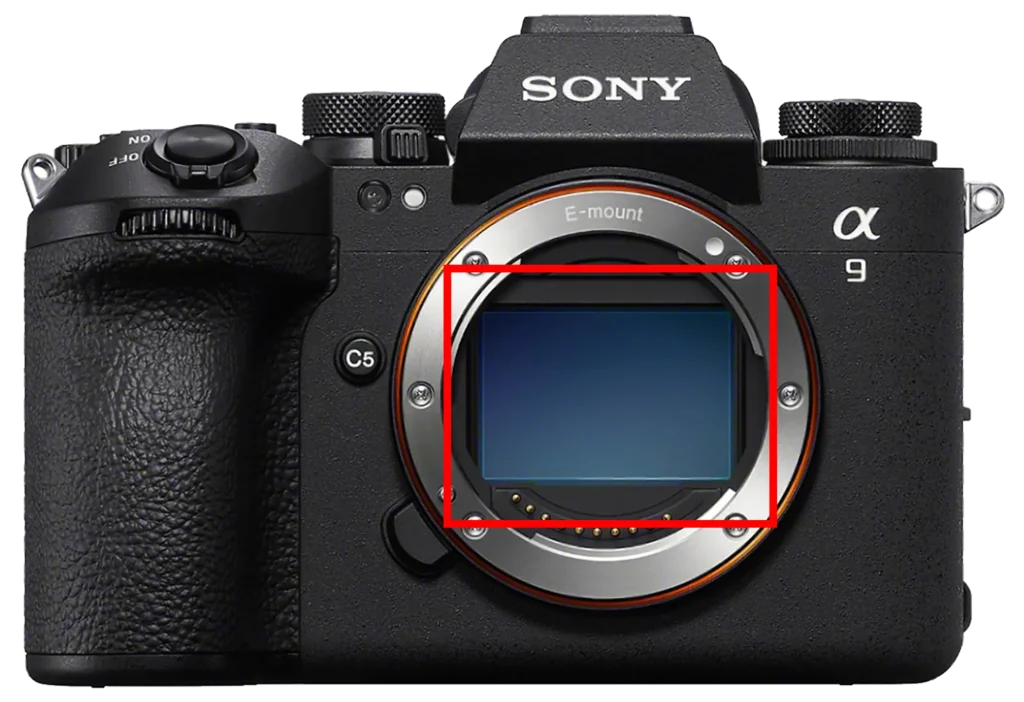
One of the reasons why SLR cameras are decisive when shooting video is the image sensor.
The image sensor is the window between the lens and the camera body that receives the light captured by the lens. The light received by the image sensor is converted into a digital signal.
The larger the area of the image sensor, the more it can capture even the smallest amount of light, allowing the camera to take pictures in dark places without degrading image quality.
A larger image sensor also has a significant effect on depth of field, and a larger image sensor can enhance the “blur” effect. The larger the image sensor, the greater the depth of field, and the greater the blurring effect, the more dramatic the expression of the subject.
Low Noise Performance and Excellent Color Reproduction
The brightness of a picture can be adjusted by changing the ISO sensitivity value. For example, if you want to take a bright picture in a dark place, such as a night scene, you can increase the ISO sensitivity value to take a brighter picture.
However, care must be taken when adjusting the ISO sensitivity, as setting the ISO sensitivity too high can result in a coarser image and more noise.
SLR cameras specialize in low noise because they use large image sensors to receive light.
SLR cameras also excel in color reproduction.
When shooting video, white balance plays a major role in color reproduction. Many people are familiar with this feature, as it is a standard feature in smartphones these days. White balance allows you to adjust the color temperature to warm or cool tones, allowing you to adjust the colors to your liking. With an SLR camera, these adjustments can be made with more finesse.
In addition, the recording method of color information can be adjusted depending on the SLR camera model, and one of the features of SLR cameras is that the color reproduction can be enhanced by editing after shooting using the log method.
Various angles of view and expressions are possible by changing lenses.
One of the main attractions of SLR cameras is the ability to change lenses.
While some models have the body and lens integrated into one unit, many models have interchangeable lenses. By replacing the lens with a wide-angle lens, telephoto lens, or other lens that best suits the subject or scene to be photographed, it is possible to expand the range of expression in video photography.
For example, a telephoto lens can be used not only to capture distant scenery but also to blur the background of the subject for a cinematic effect.
One of the major attractions of SLR cameras is the ability to change lenses to suit the shooting scene in order to get closer to the ideal video expression.
Disadvantages of shooting video with an SLR camera
So far, we have introduced the advantages of shooting video with an SLR camera.
It can be said that SLR cameras are the best for high-quality video production.
However, such video shooting with an SLR camera is not only an advantage. Here are some points that may be considered disadvantages depending on how they are used, and how to counter them.
Expensive and difficult for beginners to afford
SLR cameras are expensive. For those who are just starting out in video photography, it may be a bit daunting. In addition to the camera body, you will also need lenses and accessories, which will add to the cost.
If you are considering purchasing a camera, try a demo unit at a retail store or use a rental service to see what it can do for you. After that, it is recommended that you consider purchasing a lens.
Heavy weight makes hand-held shooting difficult.
In order to achieve high-quality imaging, SLR cameras have a commensurate weight in the lens and body. Hand-held shooting for long periods of time can lead to fatigue and camera shake.
You can counter this problem by stabilizing the camera on a tripod or by using accessories such as a strap to carry the camera on your shoulder.
Short battery life
While the battery will last relatively long when taking pictures, video recording has the disadvantage of running out of battery power because the camera is always running. It is desirable to avoid interrupting an important shooting session due to a dead battery.
Depending on the model, the average operating time per battery is around 1-2 hours. Depending on the amount of time you plan to spend shooting, you should be prepared to bring extra batteries.
Recently, an increasing number of models are capable of taking pictures while being powered by USB. Bringing a mobile battery is another measure to take.
How to choose the right SLR for video recording
SLR cameras are available from many manufacturers and come in a wide variety of models, giving you a wide range of choices. Therefore, you may be at a loss as to what to base your purchase decision on.
Here are some points to consider when choosing an SLR camera suitable for video recording.
Choose by manufacturer
When choosing an SLR camera, it is easier to narrow down the best model for you if you decide on a manufacturer.
Most camera manufacturers are Japanese, boasting a 70% share of the world market. The performance and features vary widely by manufacturer, so find the model you prefer according to your shooting style.
Here are some examples of representative models and their features as manufacturers.
Canon
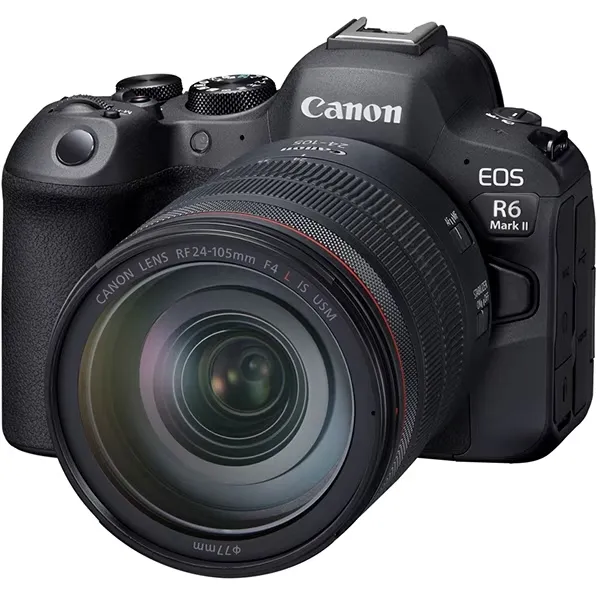
Canon has the No. 1 market share in the world. The EOS R6 mark II is a representative model of the middle class that is suitable for video shooting.
It is known for its autofocus, which focuses in 0.03 seconds, making it outstanding when shooting moving objects. It is ideal for video shooting as it can auto-track (automatically follow) not only people, but also animals and vehicles.
It supports 4K 60FPS and offers delicate white balance control, so it is recommended for those who are particular about image quality.
The body design is also a key feature, with ergonomic curves that fit comfortably in the hand.
Nikon
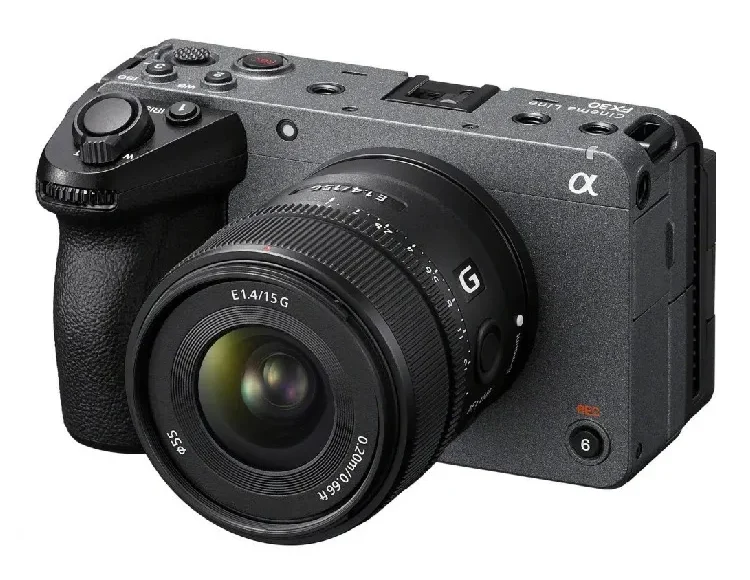
The representative model, the D850, has 45.75 megapixels and is capable of high-quality video recording. The D850 is also renowned for its ease of use. One of its main features is the ability to switch between FX and DX formats to control the angle of view by switching focal lengths without having to change lenses.
Nikon cameras are known for their time-lapse capabilities, and the D850’s ability to shoot 8K interval shooting puts it head and shoulders above the rest in terms of beauty. The D850’s ability to shoot 8K interval shooting puts it head and shoulders above the rest in terms of beauty. Full HD time-lapse is also a great feature because the camera can generate the video internally, saving time and effort in rendering. This model is the first name that comes to mind when shooting time-lapse movies.
It is also known for its robustness and is waterproof and dustproof. It is a trusted manufacturer for outdoor and sports photography.
Sony

Among SONY’s various lineups, the FX30 is particularly specialized in video recording.
Like the α series, it is equipped with an APS-C image sensor and can shoot at 4K 60FPS with approximately 20.1 megapixels, making it unquestionably a model that specializes in video recording. It can also shoot at 120 FPS in Full HD, which reduces image quality degradation even during slow editing (4K can also shoot at 120 FPS, although the angle of view is cropped by 1.6x).
Another important feature of this camera is that, despite its extremely high performance, it weighs only 646g. It is also equipped with a fan to prevent heat buildup, so it can be used for long hours of shooting. It can be said that this model is close to video shooters.
Panasonic
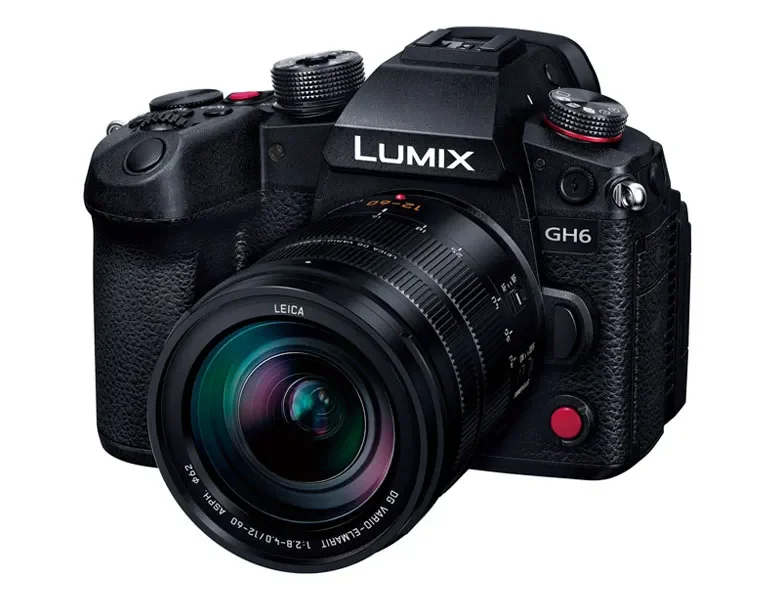
This model is suitable for smooth shooting or slow editing at 5.7k 120FPS, or 240FPS for Full HD.
Normally, moving the rear monitor on an SLR camera is limited to either portrait (tilt) or landscape (vari-angle); the LUMIX GH6 has a tilt-angle monitor, a feature that allows it to move in either portrait or landscape mode. It can be flexibly moved when you want to take a selfie or when the monitor is difficult to see due to your body position or light reflection.
It has an air intake on the back and is equipped with a fan to prevent heat generation.
Select by video recording function
Image quality is one of the most important features of SLR cameras for video recording.
The number of pixels that can be captured by the size of the image sensor is directly related to the quality of the video, so it is a good idea to set this as one of the criteria.
The frame rate (FPS) at which video can be taken varies depending on the model.
の仕組み-1024x523.webp)
FPS=Frame Per Second, the number of image frames recorded per second.
When shooting video, 30FPS is usually fine, but when editing after shooting, 60FPS allows for more flexibility in the video work.
Other important features for video recording include image stabilization and battery life. We recommend that you compare several models, as they differ in detail from model to model.
Choose according to what you want to shoot.
The appropriate SLR camera depends on the content and situation to be photographed.
For example, if you want to preserve memories with your family, high image quality is preferable since you will be shooting people. For sports and wildlife photography, a camera with excellent autofocus and control surfaces is suitable.
If you will be shooting for a long time, battery and heat generation measures should be taken, if you will be moving around a lot, a lightweight camera may be more suitable, and you can find a suitable model depending on what you are shooting. Imagine the time when you will be taking pictures, and choose according to the content of your shooting to find the best model.
Select by budget
SLR cameras range in price from entry-level models for beginners to more expensive models for professionals costing nearly one million yen.
The more expensive models are certainly superior in terms of performance. However, we recommend that you also plan accordingly to ensure that you really need that performance.
Make a purchase plan that includes not only the camera body but also the necessary lenses and accessories, and choose the best camera for your needs.
Features suitable for video recording
SLR cameras are equipped with a variety of functions; since digital SLR cameras were launched around 2000, they have been evolving day by day.
Among them, we will introduce some of the most important functions, especially when shooting video.
Image stabilization performance
The sense of immersion that viewers experience in a video production is important. A video with less shaking is more beautiful and immersive, while a video with more shaking is less immersive.
Image stabilization can reduce this blurring.
Image stabilization reduces blur by using a sensor to detect small vibrations in the camera and automatically moving the lens or the camera to compensate for the blur.
While shooting video on a tripod is more stable and less prone to blurring, hand-held cameras are more prone to blurring.
Most of the latest models of SLR cameras come standard with this feature, but the strength of the image stabilization varies depending on the model.
AF tracking performance for moving objects
When shooting video, the object to focus on depends on what you are shooting.
For example, if you are shooting an entire landscape, the entire field of view will be in focus, so you do not need to worry about focusing.
However, if the subject is moving, there is a possibility that the focus will be off and the subject will be blurred. This is where the AF (autofocus) tracking performance of a moving object is required. The accuracy of tracking and the speed of focusing will vary depending on the model.
Availability of a clean HDMI output terminal
HDMI output can be used effectively when outputting the video you are shooting to other devices.
Although SLR cameras themselves have rear displays, an HDMI output terminal is useful when you want to output to a larger monitor.
Examples include when you want to check the data you have shot on the spot or at a live-streaming site.
HDMI output is not possible without a terminal on the camera itself. If necessary, it is recommended to select a model with an HDMI output terminal.
Video Shooting Techniques with SLR Cameras
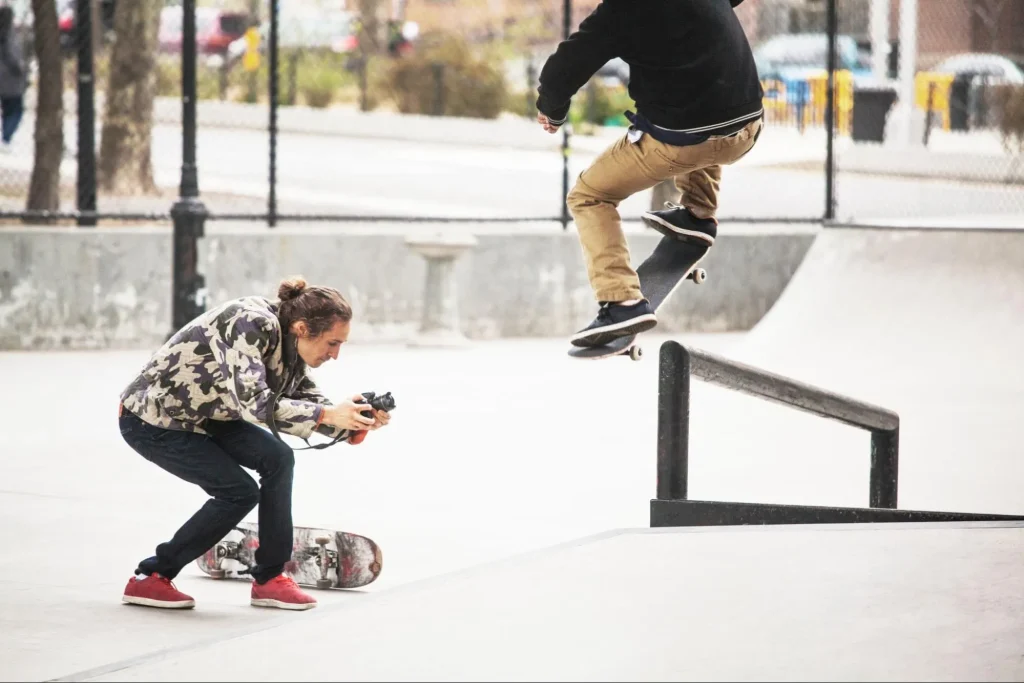
So far, we have discussed the performance of a suitable camera for shooting video. However, relying solely on camera performance will limit your ability to shoot high-quality video.
Also, no matter how good an SLR camera you use, it will be a treasure if you cannot master its performance.
Here, we will introduce some video shooting techniques for SLR cameras that photographers should know.
Choosing the Right Lens for the Right Purpose
It is important to select the appropriate lens for the scene to be photographed.
SLR cameras are sold with a wide variety of lenses, but it is easier to choose the right lens for your application if you divide the lenses into three broad categories: wide-angle, standard, and telephoto.
In general, wide-angle to standard lenses are often used when shooting video with an SLR camera.
This is because, although telephoto lenses can capture distant subjects, they are sensitive to even the slightest blurring, which can easily degrade the quality of the video.
If you are shooting video with a telephoto lens, we recommend using a tripod or gimbal to prevent blurring.
Settings to be made when shooting
When shooting video with an SLR camera, if the shooting settings are not properly made, unintended images may result. It is important to make settings in advance before shooting.
Here are some settings for adjusting brightness.
Shooting at an appropriate F value
By adjusting the f-number (aperture value), you can control the depth of field and whether to make the subject stand out or focus on the entire scene.
When you want to make the subject stand out, such as when shooting portraits, you can open the f-stop to 2.8 to 5.6 to capture beautiful images with a blurred background.
For landscapes and other situations where you want to bring the background into focus for a deeper depth of field, increase the f-number.
However, increasing the f-number reduces the amount of light captured by the camera body, so it is necessary to slow down the shutter speed or increase the ISO sensitivity.
Slowing down the shutter speed will tend to produce blur, and increasing the ISO sensitivity will increase noise, both of which can easily lead to a deterioration in image quality.
Set the appropriate aperture value according to the subject and the amount of light in the shooting environment.
Adjusting Shutter Speed
The shutter speed setting is important when shooting video; a slower shutter speed is recommended than in photography, 1/50th to 1/100th of a second, since matching the FPS (frame rate) will reduce blurring.
A slower shutter speed will add natural motion blur, resulting in smoother video recording.
Also, be aware of the flicker phenomenon when shooting indoors. Flickering is a phenomenon in which small flickers of light from fluorescent lamps, etc., appear in horizontal stripes. Although we do not notice it with the naked eye, the lights of lighting fixtures are repeatedly flickering. This is what the camera catches.
To avoid the flicker phenomenon, set the shutter speed in multiples of 50 in eastern Japan and in multiples of 60 in western Japan. This is because the power supply frequency is fixed at 50 Hz in eastern Japan and 60 Hz in western Japan.
In terms of frame rate and flicker, many SLR video shooters fix their shutter speed at 1/50 second or 1/100 second. (In western Japan, 1/60 sec. or 1/120 sec.)

Photography Techniques
Video recording differs from photography in that it involves shooting something that is moving or in motion. Viewers will get bored if they have to watch something that is still for seconds or dozens of seconds, as in a photograph.
When shooting moving objects, you may fix the camera. It is also important to keep in mind to move the camera side when shooting something that is still.
Also, you can add narrative to your images by devising the frame work when shooting, such as what to frame besides the subject, and whether to have the subject appear in the frame after a pause after you start shooting.
The shooting technique should be devised in accordance with the type of video work you ultimately want to produce.
Using a tripod to prevent camera shake
A tripod is useful when shooting for long periods of time or at fixed angles of view.
Hand-held shooting causes blurring of even the most minute movements, which can degrade the quality of the video. Unless you dare to shoot a blurry video, basically a blurry video will spoil the viewer’s immersion.
The best solution is to use a tripod. A tripod provides stability and reduces fatigue for the photographer.
If the angle of view is not desired to be fixed, a video head can be useful. By controlling the handle, you can smoothly pan (horizontal movement) and tilt (vertical movement). Once you get used to it, you can shoot at the same level as with TV photography.
Use of ND Filters
When shooting outdoors or in an excessively bright environment, you may be forced to increase the shutter speed because of the bright light even if you stop down the f-number.
A useful item for this is an ND filter, which acts like a pair of sunglasses and is worn on the lens.
Changing the shutter speed can cause blurring due to the discrepancy between the shutter speed and the frame rate. In addition, motion blur can also be reduced, resulting in a choppy image.
Wearing an ND filter can avoid these problems.
Another advantage is simply to protect the lens.
ND filters come in graduated concentrations, so you need to choose an ND filter with the appropriate amount of light reduction for your shooting environment. If you find it troublesome to prepare or replace several filters, variable ND filters are also recommended.
Changing the frame rate (slow/quick shooting)
The frame rate (FPS) is an important factor that ultimately determines how an image is presented. The frame rate is a number that indicates how many frames (images) per second an image is composed of.
The most common frame rates are 30FPS or 60FPS, with 24FPS being used in the film industry. 30FPS is a common video standard and is reasonably smooth; 60FPS records twice as many frames, allowing for even smoother, higher quality video.
For example, 60FPS or 120FPS is recommended when you want to express sports or the movement of water splashes in slow motion, since a video shot at 60FPS can be slowed down to 50% of its original speed and still maintain the smoothness of a 30FPS equivalent.
Conversely, a lower frame rate is recommended for quick shots that are expressed in fast motion. This is suitable for expressions similar to time lapse, such as sunrise or construction site progress.
These expressions can be achieved by adding editing work after shooting the video.
Before shooting, plan the final video expression and set an appropriate frame rate: the higher the frame rate, the more likely it is that the video will be edited.
Achieve ideal images by shooting video with an SLR camera!
With the development of YouTube and social networking sites, video recording has become a frequent part of everyday life. Compared to shooting video with a smartphone, an SLR camera allows a high degree of freedom. This allows you to expand your range of expression and get closer to your ideal video production.
For those who want to draw in viewers and create the visual world they desire, video shooting with an SLR camera is recommended.
If you are not able to afford the high cost or find it difficult to use even if you buy one, consulting a professional is one way to go.
Team HENSHIN provides information on video production and shooting.
Team HENSHIN also provides consultation on filming. Please feel free to contact us if you are looking for a quality video production.
▶︎ Click here for Team HENSHIN’s video recording service



